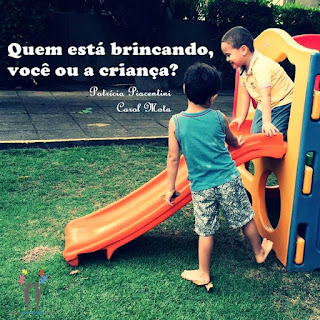The Developmental, Individual Difference, Relationship-based (DIR®/Floortime™) Model is a developmental and interdisciplinary framework that helps clinicians, parents and educators conduct a comprehensive assessment and develop an intervention program tailored to the unique challenges and strengths of children with Autism Spectrum Disorders (ASD) and other developmental challenges. The objectives of the DIR®/Floortime™ Model are to build healthy foundations for social, emotional, and intellectual capacities rather than focusing on skills and isolated behaviors. For a detailed overview, download 2 page flyer.
- The D (Developmental) part of the Model describes the building blocks of this foundation. Understanding where the child is developmentally is critical to planning a treatment program. The Six Developmental Milestones describes the developmental milestones that every child must master for healthy emotional and intellectual growth. This includes helping children to develop capacities to attend and remain calm and regulated, engage and relate to others, initiate and respond to all types of communication beginning with emotional and social affect based gestures, engage in shared social problem-solving and intentional behavior involving a continuous flow of interactions in a row, use ideas to communicate needs and think and play creatively, and build bridges between ideas in logical ways which lead to higher level capacities to think in multicausal, grey area and reflective ways. These developmental capacities are essential for spontaneous and empathic relationships as well as the mastery of academic skills.
- The I (Individual differences) part of the Model describes the unique biologically-based ways each child takes in, regulates, responds to, and comprehends sensations such as sound, touch, and the planing and sequencing of actions and ideas. Some children, for example, are very hyper responsive to touch and sound, while others are under-reactive, and still others seek out these sensations. Biological Challenges describes the various processing issues that make up a child's individual differences and that may be interfering with his ability to grow and learn
- The R (Relationship-based) part of the Model describes the learning relationships with caregivers, educators, therapists, peers, and others who tailor their affect based interactions to the child’s individual differences and developmental capacities to enable progress in mastering the essential foundations.
What is the difference between DIR® and Floortime™ and how are they related?
Central to the DIR®/Floortime™ Model is the role of the child’s natural emotions and interests which has been shown to be essential for learning interactions that enable the different parts of the mind and brain to work together and to build successively higher levels of social, emotional, and intellectual capacities. Floortime™ is a specific technique to both follow the child’s natural emotional interests (lead) and at the same time challenge the child towards greater and greater mastery of the social, emotional and intellectual capacities. With young children these playful interactions may occur on the “floor”, but go on to include conversations and interactions in other places. The DIR®/Floortime™ Model, however, is a comprehensive framework which enables clinicians, parents and educators to construct a program tailored to the child’s unique challenges and strengths. It often includes, in addition to Floortime™, various problem-solving exercises and typically involves a team approach with speech therapy, occupational therapy, educational programs, mental health (developmental-psychological) intervention and, where appropriate, augmentative and biomedical intervention.The DIR®/Floortime™ Model emphasizes the critical role of parents and other family members because of the importance of their emotional relationships with the child.
Once you're more familiar with the approach, read Guidelines for a Comprehensive Approach for guidance in putting together a DIR/Floortime program.




Nenhum comentário:
Postar um comentário